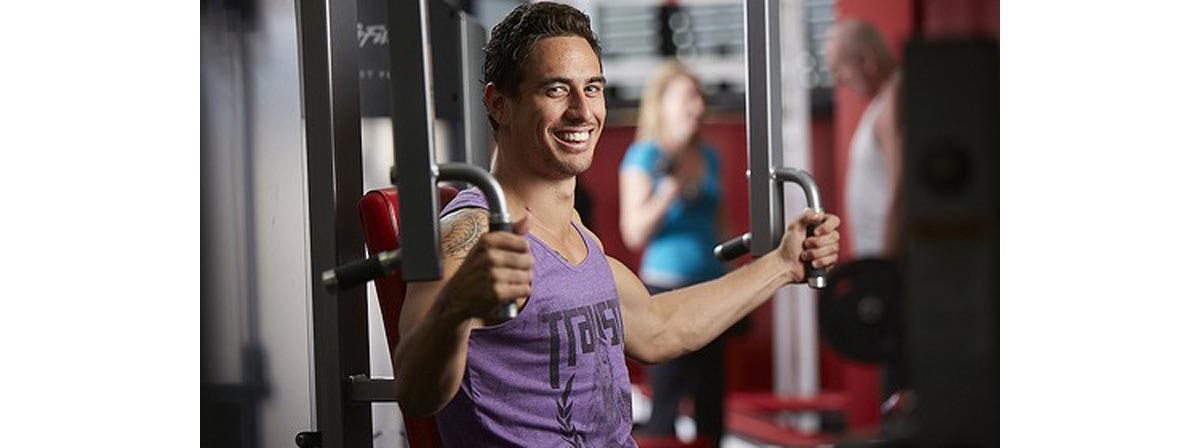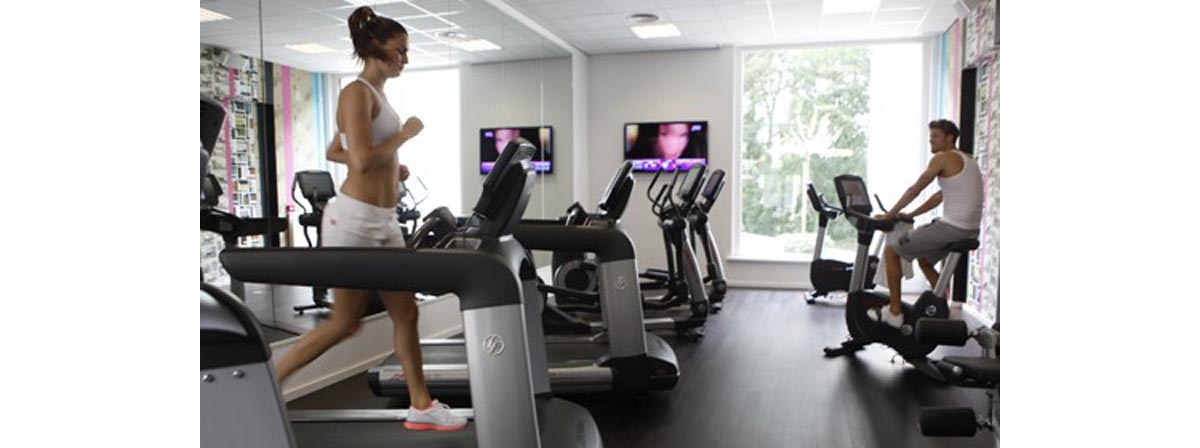You want to get in the best shape possible, so it’s only natural that you look for every conceivable way to monitor your athletic performance to ensure progression from one workout to the next.

When it comes to cardio, the machines and devices you can get to measure a multitude of factors can be absolutely invaluable. You only have to look at the number of runners on treadmills at the gym paying close attention to the little displays in front of them, or cyclists out on the road who keep tabs on their heart rate by way of a heart rate monitor strapped across their chest.
It makes sense that by meticulously analyzing your workout performance, you can see where you’re excelling, where you need to improve, and how you can get better. And who wouldn’t want that? After all, if you’re working harder, running further, cycling faster, or even just putting in more work on the elliptical or stairmaster, chances are you’ll be getting a better workout, increasing your fitness levels rapidly, and burning more calories to promote faster weight loss. End result equals you looking awesome.
But what if all these gadgets, gizmos and machines aren’t really telling you the truth about your performance at the gym? It could just be that you’re not actually training as hard as you think.
When you hop on an exercise machine at the gym, you generally only have to enter a few basic details to get the machine to display the stats you're looking for. You will put in your weight, and possibly your age and gender, but that’s about it. With just these few pieces of information, the machine suddenly updates you every few seconds with how many calories you’re burning.
And that’s the main issue – this lack of information means a machine can only do so much, and relies on averages and guesswork rather than personalized data that can be 100 percent accurate.
Even if your machine has handles with sensors to monitor your heart rate, this only increases the accuracy a little.
In reality, the calorie burning process is far more complicated than a simple calculation that includes just your weight, speed and intensity. In fact, calorie estimations on exercise machines can be up to around 20 percent different to your actual calorie burn, when monitored with high quality, athletic-standard equipment. Therefore, if you think your treadmill run has burned 500 calories, it might have actually only burned 400. Suddenly you don’t feel quite so guilt-free as you are eating your post-workout protein bar — or that slice of cake.
As technology advances, exercise machines will get more accurate with their calorie burn estimations, but it’s still recommended not to put too much proverbial weight on the readings these machines give. You know if you’re working hard or not, and that’s the key.
Calorie burn is the thing you’re most interested in no doubt, but what about distance?
For those training for sport, athletic performance or races, distance is pretty important too. The good news is that distance readings on machines are pretty accurate. The belt on a treadmill or elliptical can stretch a little over time, but on the whole, a mile on the treadmill will be almost exactly the same as a mile outdoors — and the distance is much easier to calculate, too.
If Machines Aren’t Accurate, What Can You Do?
Worrying about the precise number of calories you burn during a workout session really is the true definition of sweating the small stuff.

Firstly, it really doesn’t matter whether your 30 minute stepper session burns 311 or 314 calories – the real question is, are you working hard?
Think of a scale running one to 10. At level one, you’re using about as much energy as you would sitting on the couch watching TV, or lying in bed on a Saturday morning. Basically you’re awake, but you’re really not making an effort; you are not doing anything except stuff you can't avoid, like breathing and pumping blood around your body.
A level five would be a bit more energetic – perhaps a brisk walk to the shops. You don’t exactly feel like you’re exercising, but your heart rate and breathing are slightly elevated, and while you are not exactly sweating, you might be slightly warmer than usual.
A level 10 is an all out, gut wrenching slog. This would be your sprinting speed, or how you’d feel running to reach an agonizing drop shot in a game of tennis, trying to catch a potential game-winning pass in football, or like you’re being chased through the woods by a mad axe murder.
Going off this scale, all your steady state, moderate intensity cardio should be around a level six to eight, while your interval sessions should very between a six or seven during your rest periods and a nine or 10 in your short, sharp interval bursts.
It might not be scientifically accurate, and you won’t get a number for the calories you’re burning, but you can bet that by sticking to these exertion scale guidelines you’ll be working hard enough and getting a great workout. That gives you more information about your workout than a machine ever could, because you're not really going to feel great if you felt your workout was so-so, even if the machine said you were rocking it.
Buy a Heart Rate Monitor
Heart rate monitors are more accurate than machines at the gym. As with anything, the more you choose to spend, the more fancy tricks you’ll get with an HR monitor, but there’s no need to break the bank. Buy a simple one that has a chest strap and a wrist watch and you’re good to go.
If you have a little extra cash to spare, one that comes with a USB attachment so you can log your data on your PC or laptop is a useful investment as this allows you to track progress from session to session.
You can use your monitor during any exercise or sporting activity, indoors or out, as well as in the gym, for a more accurate, personalized approach to the calorie counters on the machines.
Progress
Keeping a track of your training is something many people fail to do, then wonder why they slip up and plateau.
You might not be able to monitor your calorie burn accurately at the gym, but you can certainly track distance, speed and time effectively. After every session, write down exactly what you did.
If for example last Monday you cycled on the stationary bike for 20 minutes and completed four miles, then next time round, aim for the same distance in a minute or two less, or try to get to 4.2 or 4.5 miles in 20 minutes. Doing this you’re guaranteed to be burning more calories and working harder each session.
The Wrap Up
Calories count, but they aren’t the be all and end all. Only you know if you’re really pushing yourself and making improvements, so rely on your own honest feedback, but that little digital screen in front of you.
- "How Accurate Are Exercise Machines?"
- By Linsey Davis
- Published on February 21, 2013
- Accessed on May 9th, 2013
- Retrieved from http://abcnews.go.com/Health/accuracy-exercise-machines/story?id=18559149#.UZIaRyuDQXw
- Photo courtesy of Brisbane City Council by Flickr : www.flickr.com/photos/brisbanecitycouncil/7445929524/
- Photo courtesy of Crowne Plaza Antwerpen photos by Picasa : picasaweb.google.com/lh/view?q=fitness+center&uname=109008901828086469253&psc=G&filter=1#5673109223890837442


Your thoughts on this